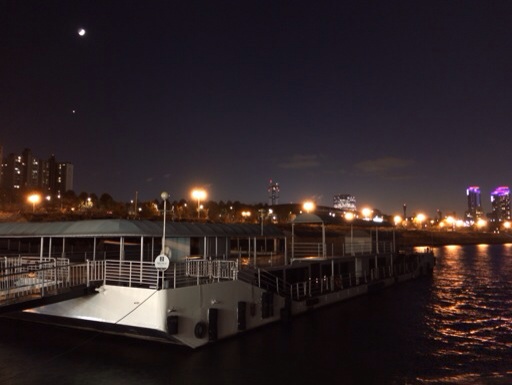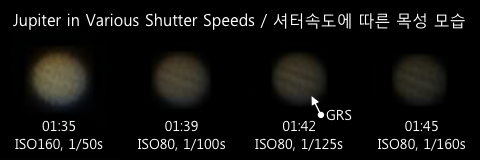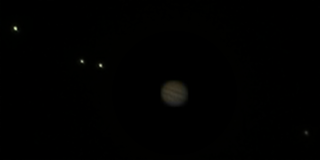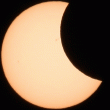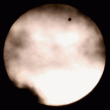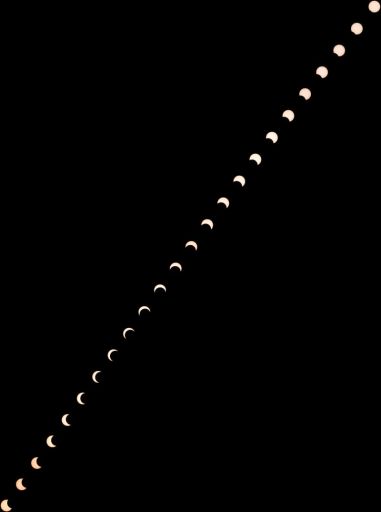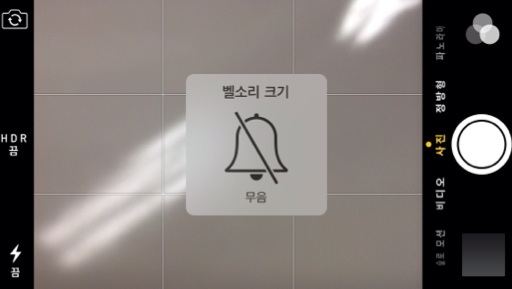Bridges of Han-gang River at night
Posted by Wesley onI had a chance to ride the Han-gang river cruise tonight. This is perhaps only the second time to ride on one, despite basically living in the vicinity of Seoul for nearly 15 years and seeing the big river very often.
The last time, I rode the ship during the day, so this was the first time I was able to see the riverside and bridges at night. Lots of lighting fixtures were installed on the bridges during the past decade, and they are quite a sight to see. Read on to see the photos of the bridges I took with iPhone 5S.
